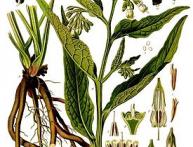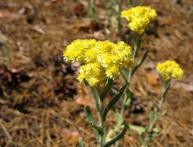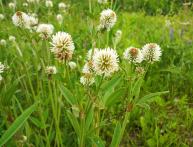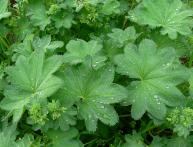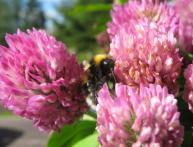Amaranth plant and its cultivation
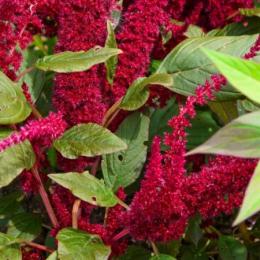
Although amaranth plant belongs to the weeds, few know about its truly healing properties. In addition, its young leaves can be eaten, and the seeds are considered an excellent seasoning.
Amaranth, cultivation which will not be difficult; in fact, it fills your garden on its own. If the seed falls on the ground, it will quickly germinate, interfering with other cultivated plants.
It should be understood that there are vegetable varieties of amaranth from which flour is obtained, which is added to bread. As a result, the benefits of baking improve. But this method of preparation is practiced in India and Mexico.
Amaranth and its cultivation
If we consider growing amaranth, then the varieties suitable for consumption include Ultra and Kizlyarets. They produce large seeds that contain increased levels of squalene. This substance is a natural immunoprotector, and contains a sufficient amount of it Amaranth oil.
Amaranth, folk recipes which is known to few, is also used in its natural form. So, amaranth leaves can be added to vegetable salads or simply stewed in a frying pan. But remember that only those leaves that have not yet become hard are suitable for these purposes. They need to be collected before the seeds are ripe.
Plant amaranth, treatment with which it can have an amazing effect, it is characterized by the fact that all parts (leaves, flower panicles, seeds, roots) are suitable as a medicine.The most valuable species for herbal medicine is caudate amaranth.
It is used in the form of tinctures and decoctions, which are considered an excellent hemostatic and antifungal agent.


